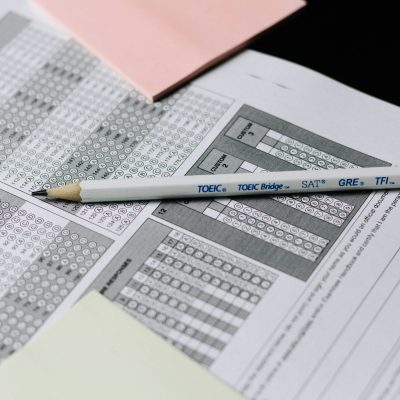How young is too young to learn about climate change?
Climate change will have an impact on young people for the rest of their lives and this generation will have to be able to solve the climate crisis in order to be able to live their lives. However, they can not build a solution to a problem that they do not understand. More than 80% of parents and 86% of teachers in the United States support education about climate change being taught in schools, however, climate education has not been incorporated into curriculum in most states. According to Columbia’s Climate School, there has been a recent movement towards implementing climate education standards both federally and statewide, but New Jersey and Connecticut remain the only two states to require climate education. In 2021, the “Climate Change Education Act” was introduced in Congress which would have increased funding and programming for climate education for grades 4-12, however, it was not passed. Similarly, a bill introduced in Massachusetts this past year that would have mandated climate education statewide was never voted on. This means that if climate education is taught it is up to districts and teachers of whether and how it is taught. This leaves gaps between students that are equipped with the knowledge to tackle climate change and those that are not.
In Massachusetts and Boston, there are several organizations working to incorporate age-appropriate climate curricula into schools. These organizations include Change Is Simple, a non-profit in the Greater Boston area that comes into classrooms to teach climate lessons that align with grade-level standards in a way that, according to program director Skye Fournier, “…really just encourages and inspires them to be better caretakers of our planet…” This type of education can provide students with a basic understanding of not only the problem but also the solution.
However, not all districts prioritize climate education. Class time is extremely valuable and resources to hire outside organizations are often limited. Especially in younger grades, teachers are expected to cover several subjects, so it is difficult for them to try and add climate education into their classes. This forces schools to make decisions about what is important to include in the curriculum, and climate education is shafted. Even when it is included, climate education is often an afterthought. The National Center for Science Education reported that while climate change is taught in 75% of public schools, usually only one to two hours are devoted to the subject. Additionally, climate change is usually included in the last 2% of textbooks, so it is often skipped if there is not enough class time.
In other states, climate education is not mandated due to the polarization of the debate on climate change. Fossil fuel companies run programs in schools that are actively against renewable energy or promote a narrative of “both sides” when it comes to climate change. However, Massachusetts is generally a very climate-conscious state and is seeing the effects of climate change firsthand through sea rise and coastal erosion, and yet there are still no climate literacy standards.
There are opportunities outside of schools for students to access climate education. There are events for Earth Day, climate protests, and museum exhibits dedicated to climate change. But, these events do not necessarily reach new audiences. When it comes to out-of-school climate education events for families, the children who attend likely come from families who already teach environmentalism in their households. These children probably have already been exposed to climate change and have an understanding of what they can do about it, whether it be through individual actions such as recycling and turning off lights, or through pushing for climate legislation. Climate education events are still important, but it is more important to ensure that they are accessible to every child, such as through schools.
If climate education is mandated in schools, the effects will spread far beyond the student alone, and will not be limited to a small percentage of students. A study from North Carolina State University found that when students learn about climate change in school, their parents also become more climate-conscious, regardless of their own climate education. As Fournier explains, climate education can teach students the idea that climate change “is a big problem. But if I do this, and I teach my family about this, and I teach my friends about this, maybe we all can be part of the solution.” This focus on a “think global, act local” mindset allows students to take what they learn about climate change and incorporate sustainable actions into their lives, regardless of whether they work in an environmental field or not.
Fournier explains that it is important for all students to have access to climate education from a small age to reduce a gap in the knowledge of which students are familiar with the problems caused by climate change and their possible solutions. Additionally, having this curriculum be part of education standards ensures that every child will have access to this information, regardless of whether their schools have the resources to hire outside organizations or the class time to spare, which will create a more sustainably-minded generation.










